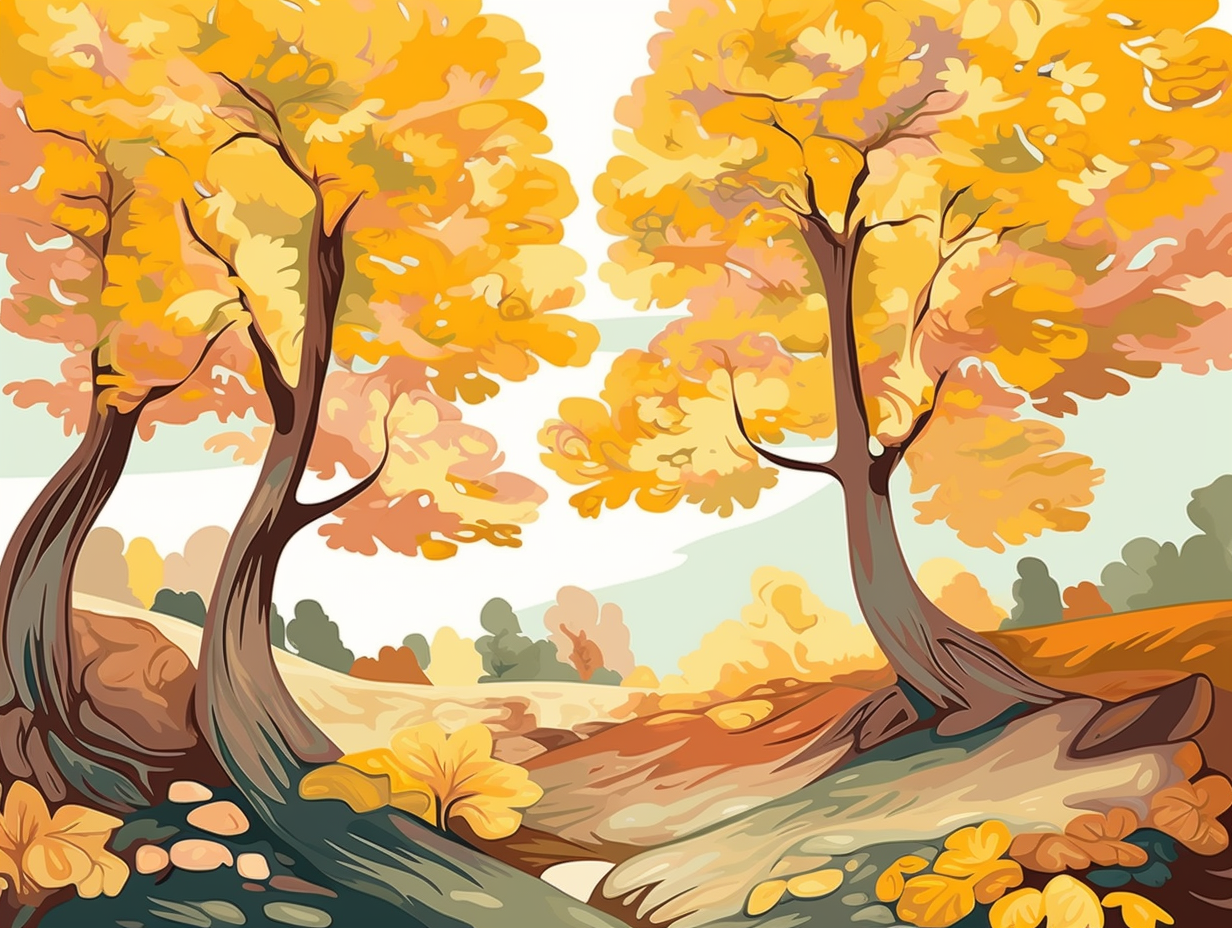13 Amazing Willow Tree Fun Facts You Never Knew You Wanted to Learn

1. Willows on Tinder
If willows had Tinder profiles, they'd be the flexible, adventurous types that can never resist the irresistible allure of a wet and boggy environment: These stunning, moisture-seeking plants - which include over 400 tree and shrub species in the Salix genus - can grow in a wide range of conditions, from sodden wetlands to surprisingly arid landscapes, and can range in size from modest shrubs to towering giants on the lookout for their next aqueous adventure.
Source => thespruce.com
2. Bark Benefits
Whoever said "bark is worse than the bite" clearly never knew a thing about willow trees: these ancient, wispy wonders boast bark brimming with hair-raising magic, combatting everything from dandruff to split ends and promoting luscious locks since the days of Hippocrates!
Source => mirahbelle.com

Discover how trees have been the ultimate social networkers since the dawn of time, communicating and bonding through their "wood wide web"! 🌳🌐🤯
=> Fun Facts about Trees
3. Weeping Willow Growth
Weeping willows: nature's very own Rapunzels – except instead of waiting for a prince to climb their tresses, they're busy racing toward the sky like Jack's beanstalk! No fairy tales here though: These speedy trees can grow more than 3 feet per year, thrive in a variety of soils, but keep their magic to a mere 50 years, if they're truly charmed.
Source => southernliving.com
4. Beijing's Fluffy Snow
If you've ever wished for snow during springtime, Beijing's poplar and willow trees can grant that wish, well, sort of: These trees release copious amounts of lightweight, hairy seeds that fill the air, closely resembling snowflakes, but instead of leaving you feeling jolly, they often cause allergic reactions like rhinitis, asthma, and dermatitis. However, fret not; their ecological benefits outweigh their sneeze-inducing seed hairs, as one poplar tree absorbs 172 kilograms of CO2 and produces 125 kilograms of oxygen while simultaneously helping prevent desertification.
Source => news.cgtn.com

5. Nature's Aspirin
Before popping another aspirin for that pesky pain, consider this: Mother Nature has a solution hiding in plain sight, all wrapped up in the branches of a weeping willow – quite the sob-stitute, wouldn't you say? : Factually, willow bark has been utilized for ages as a natural remedy for pain, inflammation, and fever, thanks to its salicin content - a chemical cousin to aspirin. The slow-building relief might test your patience, but its long-lasting effects prove that all good things come to those who wait… and weep!
Source => mountsinai.org
6. Ancient Silk Baskets
Before silk baskets became haute couture for transporting bug-spit blankets, our fashionable friend the willow tree was paving the way for an ancient trading revolution: Leizu, a female leader, started using willow branches to weave sturdy baskets for silk transport during the Silk Road days, revolutionizing how delicate goods were carried and shared throughout the ancient world.
Source => shine.cn
7. Willow Furniture and Friends
Have you ever seen a willow weep with joy and do a quick shimmy? It's because they know they're a one-stop shop for the finest in furniture and flora-munching friends: Willow trees are cherished for their timber and for serving as a haven for various wildlife, rapidly growing and diligently capturing carbon to become an eco-friendly choice in the world of home furnishings!
Source => impactful.ninja
8. Erosion-fighting Heroes
Who needs construction crews when willow trees are nature's own bulldozers, providing stability to slopes on a budget and working in harmony with the ecosystem like skilled environmental managers? Surprise eco-warriors: Willow trees efficiently prevent soil erosion and control flooding with rapid growth and extensive root systems—making them a cost-effective choice at around $15 per foot for erosion control compared to pricier traditional methods.
Source => groupnumbertwo2.wordpress.com
9. Wastewater Wizards
Willow trees may be Mother Nature's ultimate multi-taskers, skillfully juggling the roles of breathtaking beauties, wastewater wizards, and pharmacy all-stars: These versatile trees can filter a whopping 30 million liters of primary wastewater per hectare in just three years, while simultaneously producing 'green' chemicals with potent antioxidant, anticancer, anti-inflammatory, and anti-microbial properties that could replace petroleum-based chemistry and contribute to renewable bioenergy and green chemistry.
Source => popsci.com

10. Austree Privacy Screen
If you've ever felt like playing a real-life game of "The Sims" and wanted to make your nosy neighbors magically disappear, or at least feel like it: behold the miraculous Austree willow, a hybrid tree that can grow up to 6-10 feet per year, creating a living privacy screen quicker than you can report their questionable lawn ornaments to the homeowner's association. Reaching a towering height of 50-75 feet, these low-maintenance, disease-resistant green giants also help reduce soil erosion - now that's a tree you can trust more than that fence you've been dreaming of!
Source => thisoldhouse.com
11. Soil Stabilization Stars
When Mother Nature needs a helping hand for her erosion control salon appointment, she calls upon the willow tree hairstylist, the king of fibrous roots: Willow trees, with their dense and shallow root systems, are excellent for preventing soil erosion, which is why the SUNY College of Environmental Science and Forestry gives them a golden star as a top choice for soil stabilization on slopes and banks while growing gleefully in a variety of soils.
Source => homeguides.sfgate.com
12. Monet's Weeping Willows
Willow weep for me, paint my blues away: Claude Monet defied World War I grief by creating his Weeping Willow series, symbolizing hope, defiance, and nature's everlasting beauty amidst global turmoil.
Source => christies.com
13. Wildlife's Favorite Hangout
Willow trees: home to a party for songbirds, a five-star hotel for nesting wasps, and even Airbnb for black bears in search of a staycation: These gnarled hosts offer prime real estate for a wide range of wildlife such as horned owls, red-tailed hawks, and great horned owls, while serving as hunting grounds for tree-dwelling spiders making a living off insect residents.
Source => ehow.com
Related Fun Facts




















